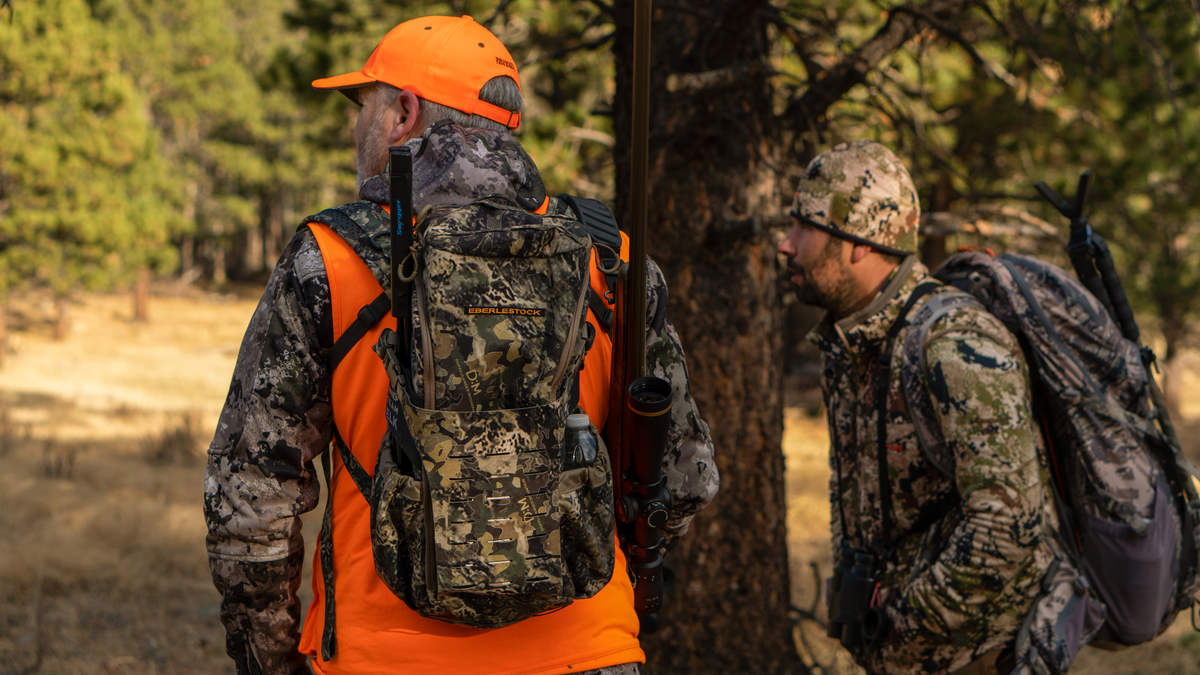It seems hunters are rather predictable when afield and both elk and deer use those predictable patterns to better avoid them. Scientists with the U.S. Forest Service, Pacific Northwest (PNW) Research Station analyzed those predictable hunter patterns to improve both wildlife management and hunter experience and released those findings in a new study.
Researchers tracked more than 300 hunters over six years at the 28,000-acre Starkey Experimental Forest and Range near LaGrande, Oregon.
“We were able to quantify how long people spend camp, collect data about hunter success, and document how different types of hunters use the landscape,” said Mary Rowland, emeritus PNW wildlife biologist.
“This information may help land managers looking to improve hunter satisfaction, maintain healthy populations of game species and minimize damage to private land,” states the study. “Understanding how different hunter groups use a landscape, and the population-level consequences that hunting may have for deer and elk, can inform the design of hunting seasons. Strategically managing open roads, cover and forage areas can support the health, distribution, and abundance of game species.”
According to Rowland, “(Hunting) is basically the most powerful tool that state wildlife agencies have to manage game species.”
Study takeaways:
- Hunters used a small part of the available landscape.
- Prey response differed by species and hunt types.
- Elk shifted their distribution during hunts to avoid open roads.
- Elk hunters that scouted beforehand were four times more likely to take home an elk compared to those who didn’t.
- Mule deer stayed within their ranges but moved faster thus spending more energy to avoid humans.
- Deer hunters that left their base camp for longer stretches of time were much more successful. For each additional hour they spent outside of camp, their success rate increased by 26 percent.
The study’s findings also have implications beyond wildlife management.
“We worked with the folks at Starkey to develop our own access analysis so that we can consistently and accurately account for access acres that come along with an acquisition project,” said Bill Richardson, Rocky Mountain Elk Foundation senior conservation program manager-western US. “Our partnership with the Starkey Experimental Forest and Range is hugely important because we want to be science based.”
The RMEF- Starkey relationship spans four decades. RMEF funded numerous Starkey studies to greatly advance the scientific knowledge of elk while also improving forest and wildlife management.
In early 2023, RMEF hosted Starkey researchers at its headquarters. Topics included forest management, hunting and elk behavior, the impact of climate change on elk and forage, the economic value of elk hunting and other research related to elk, mule deer, other wildlife and habitat enhancement and restoration.
“We want to make sure that we pass that knowledge on to next generations so that we can keep it in the toolbox for management,” says Richardson.
(Photo credit: Rocky Mountain Elk Foundation)
